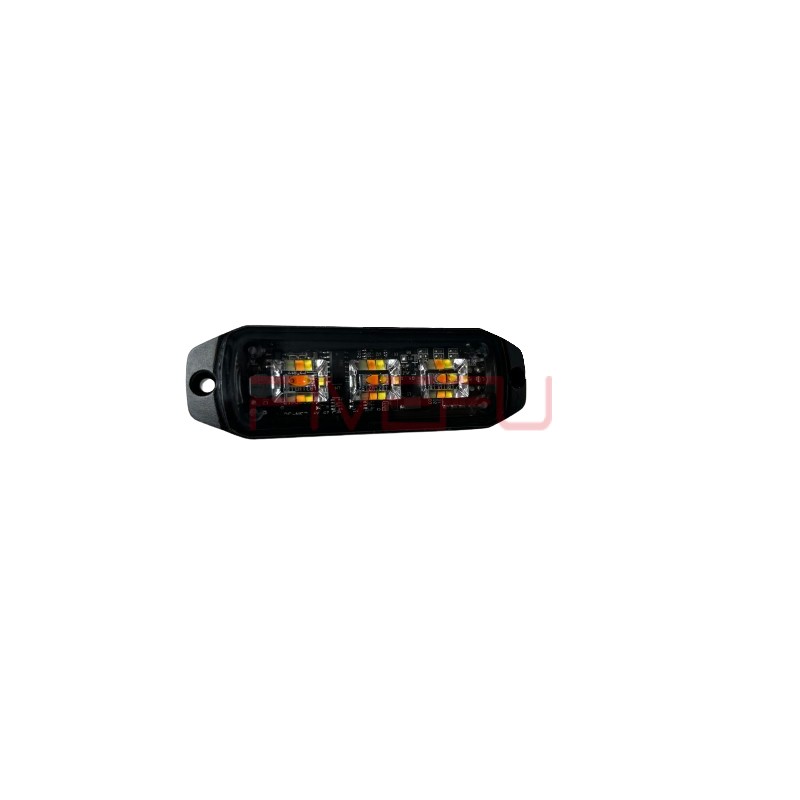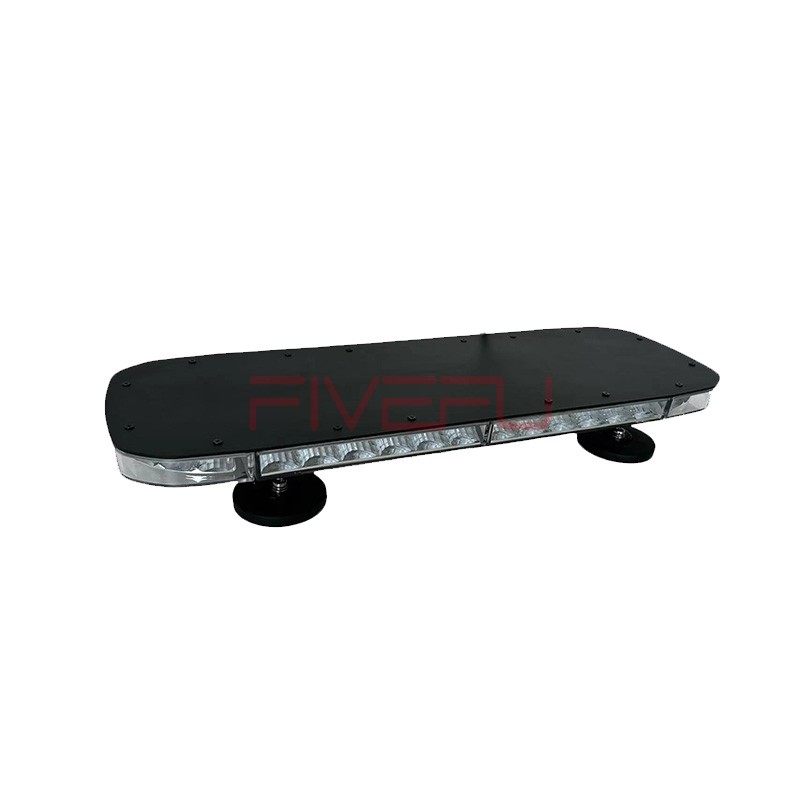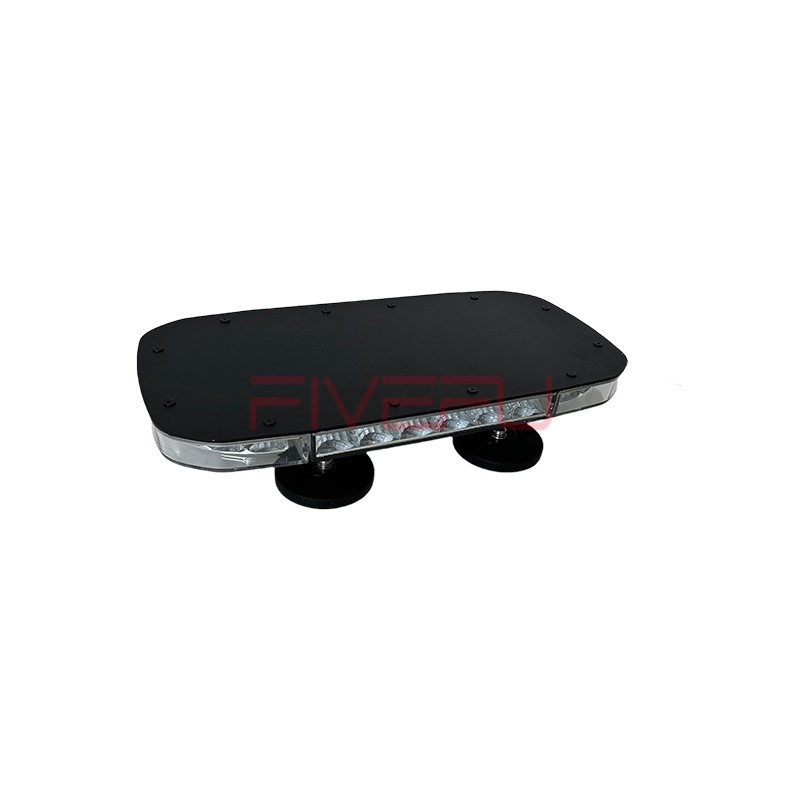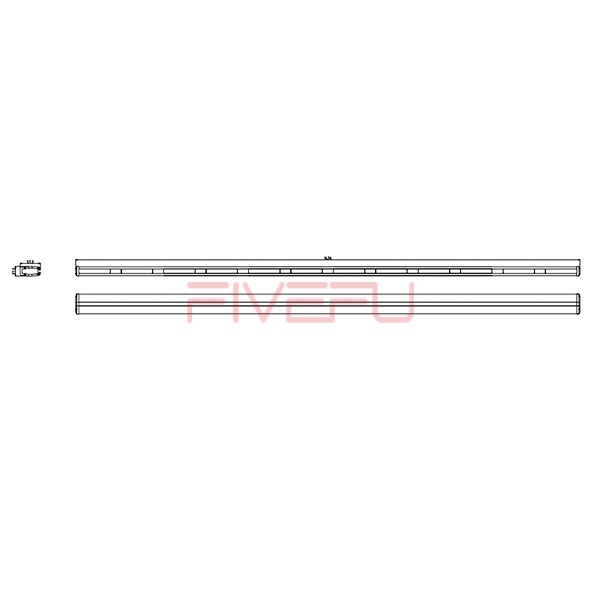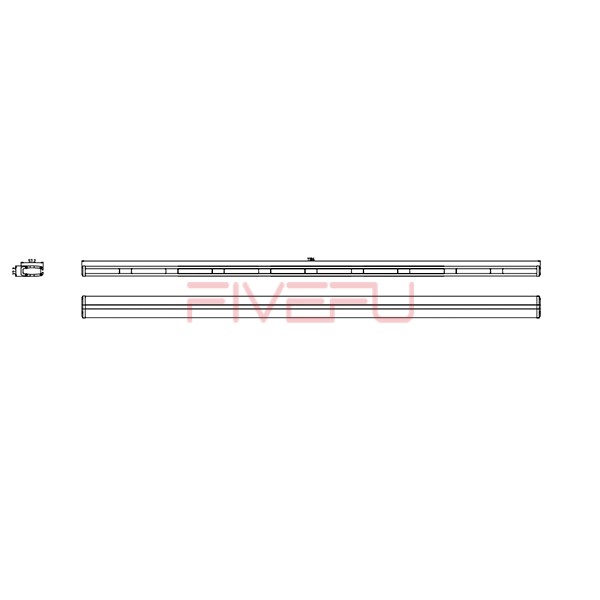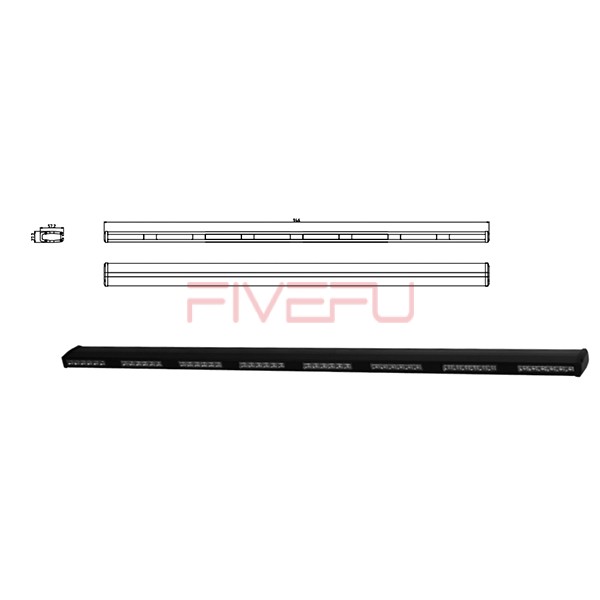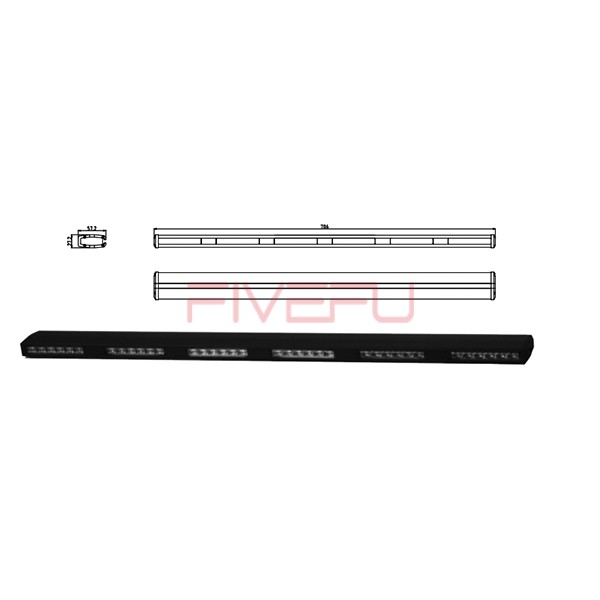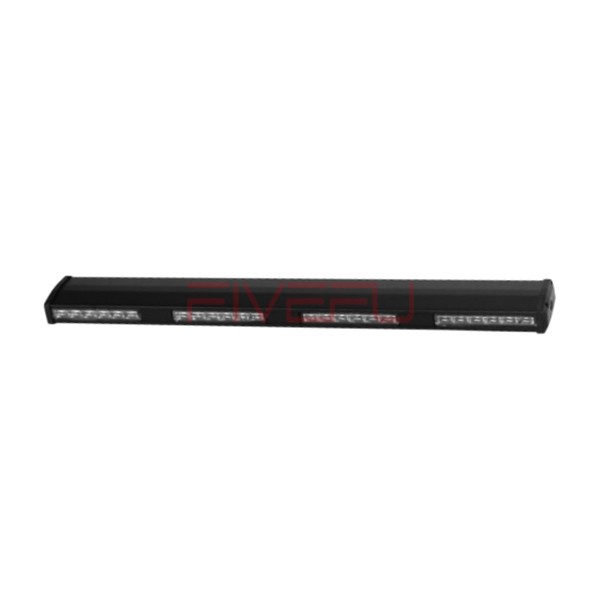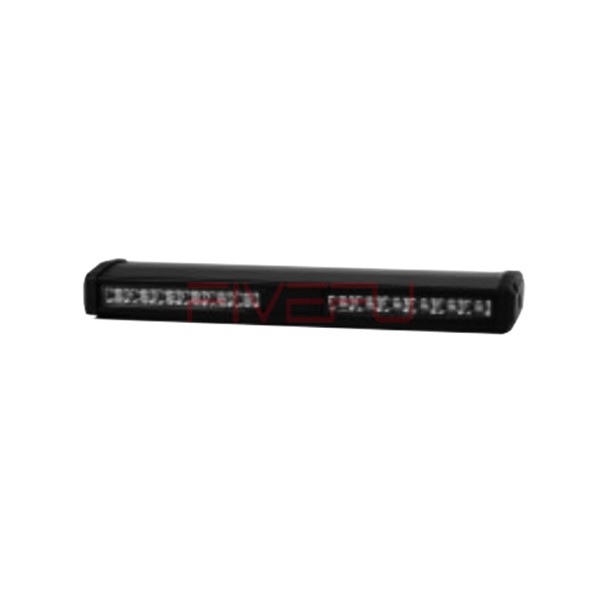Towing a trailer using only hazard lights creates confusion for other drivers, increases accident risk, and may break traffic laws—use proper signals instead.
Hazard lights are meant for emergencies or stationary vehicles, not for moving vehicles towing trailers. Using them while towing may violate traffic laws and mislead drivers behind you, leading to collisions. Always use standard tail, brake, and indicator lights when towing to ensure road safety and legal compliance.
Learn the laws, stay visible, and avoid dangerous signaling mistakes.
Why Hazard Lights Are the Wrong Choice When Towing a Trailer
Many drivers assume that hazard lights offer extra visibility, making them ideal for towing situations. However, using hazard lights while a vehicle is in motion—especially while towing a trailer—is usually incorrect, potentially illegal, and often dangerous.
Hazard lights are designed to indicate a stopped or disabled vehicle, not a moving one. When you’re driving with them on, especially while towing, other motorists can’t accurately interpret your intentions. For example, hazard lights disable the function of your turn indicators in most vehicles. This means you can’t signal lane changes or turns clearly—crucial maneuvers when pulling a trailer.
Legal standards vary depending on the country or state. In the UK, for example, the Highway Code clearly prohibits the use of hazard lights while a vehicle is moving unless you’re warning others of a temporary traffic obstruction. In the US, laws differ by state. Some states like California strictly ban the use of hazard lights while in motion, while others permit them in low-visibility or emergency situations.
Regardless of legality, the safety implications are consistent. Other road users may panic or become confused, unsure whether your vehicle is broken down or turning. Towing a trailer already alters your stopping distance and maneuverability—don’t add unclear signals into the mix.
Legal Regulations About Hazard Lights While Towing
Understanding the law is crucial before hitching your trailer and hitting the road with your hazard lights flashing. As mentioned, regulations vary widely:
-
United Kingdom: The Highway Code (Rule 116) restricts hazard light use to stationary vehicles or warning others of a hazard. Using them while driving is generally prohibited—even when towing.
-
United States: Regulations differ. States like Florida permit hazard light use while in motion during rain, while Texas and California prohibit it unless your vehicle is disabled.
-
Canada and Australia: Both generally discourage the use of hazard lights while moving unless in exceptional circumstances, such as breakdowns or emergency conditions.
It’s important to refer to your local Department of Transportation or highway authority to understand specific regional rules. Fines for improper hazard light use can range from warnings to tickets exceeding $100, depending on the jurisdiction.
When towing a trailer, what matters most is visibility and clarity. Most jurisdictions require functional trailer lighting, including:
-
Tail lights
-
Brake lights
-
Turn signals
-
Reflectors
Make sure your trailer is properly wired and tested before each trip.
The Right Way to Stay Safe While Towing a Trailer
Instead of using hazard lights, here’s how to ensure you’re visible and legal when towing a trailer:
-
Install Proper Lighting: Your trailer must have functional brake lights, indicators, and tail lights. These should be synchronized with your vehicle’s signals through a wiring harness.
-
Use Reflective Tape or Markings: These improve nighttime visibility.
-
Drive in the Correct Lane: Stick to the slower lane unless overtaking.
-
Maintain a Safe Following Distance: Trailers increase stopping distances.
-
Use Hazard Lights Only When Stopped: If your trailer or vehicle breaks down, then and only then should you engage hazard lights—along with roadside reflectors or cones.
When facing poor visibility, use fog lights or standard headlights as allowed by law. Never substitute hazard lights for functional trailer lighting.
Common Myths About Hazard Lights and Towing
There are persistent myths surrounding the use of hazard lights while towing, which can lead drivers to make unsafe choices:
-
“Hazard lights make me more visible while towing.”
While partially true, they disable turn signals, which are far more critical while changing lanes or turning. -
“Everyone else does it.”
Just because it’s common doesn’t mean it’s safe or legal. Many drivers simply aren’t aware of proper towing protocols. -
“It’s legal if I’m driving slowly.”
Some believe driving under 30 mph makes it acceptable to use hazards. This is not universally true and is often still against traffic laws. -
“I only use them in bad weather.”
In some jurisdictions, hazard lights in low-visibility conditions are acceptable. However, tow trailers must still have functioning tail and brake lights—hazards are not a substitute.
Safer Alternatives to Hazard Lights
If you feel unsafe towing due to poor lighting, bad weather, or vehicle issues, consider the following:
-
Use fog lamps or driving lights if permitted in your region.
-
Pull over and reassess conditions. If visibility is too poor, it’s safer to wait.
-
Install auxiliary trailer lighting kits for added visibility.
-
Use a bright safety flag or warning triangle on the rear of the trailer for high-alert situations.
Remember: hazard lights are for emergencies and breakdowns, not moving vehicles towing trailers. Your focus should be on clear, predictable communication with other drivers.
Final Thoughts: Stay Safe, Stay Legal
Proper trailer towing requires more than just connecting a hitch—it demands awareness of road rules, safety, and signaling. Using hazard lights while moving might seem like a quick fix, but it creates ambiguity and risk. Equip your trailer correctly, follow the law, and always prioritize safe driving habits.
Never use hazard lights while towing—equip your trailer properly and use correct signals for everyone’s safety.
